VACEOs Member Profile: Russ Martin, CEO, IMMCO and Tube Tape
In July, we officially welcomed (and listed) our Class of 2016 New Members in one of the most highly viewed articles we’ve posted. So let’s dive in a little deeper and get to know Russ Martin, one of these new members.
Meet Russ Martin.
His business ownership experience spans 30 years, and he recently took ownership of a startup AND a long-standing company that needed a complete rebrand – both in the same year. His rationale for the challenge? “Sure! Why not?”
Welcome aboard, Russ. We’re looking forward to getting to know you better.
 Q: You’ve been an entrepreneur for several years. Tell us about your experience.
Q: You’ve been an entrepreneur for several years. Tell us about your experience.
A: I bought my first company from my father in 1990. The company, which began in 1983, was small and laden with debt. It had about a five percent market share and no international business, but it did have a great product. The company made specialty machines used to package hot dogs.
I made my father an offer, and he accepted. Over the next 15 years, the business achieved a 22 percent compounded annual growth rate and about 95 percent of the world market share. I sold that company in 2005 to a private equity firm and semi-retired for a while, doing analysis and acquisition work for that firm – which soon turned into full-time work. Then I finally decided I preferred to run my own company, rather than someone else’s.
In 2015, I bought Industrial Machine Manufacturing Company (IMMCO) and started an unrelated company, Tube Tape.
Q: What was it about IMMCO and Tube Tape that made you want to get back into the ownership game?
A: IMMCO had a premium product and a great reputation, but the company had been ignored. I thought it was a great opportunity to revitalize the brand. I felt it was a good company that I could grow. One week after buying IMMCO, I heard about Tube Tape. Unlike IMMCO, it was a startup company, but I got really excited about the product, so I partnered up with Tube Tape’s inventor. It’s been a lot of work and an interesting process!
Q: What do you think are some of the biggest challenges business owners face today?
A: When I attended Darden, I took an Organizational Behavior class. A visiting CEO said, “This will be the most important class you will take.” In many ways, he was right. Being able to find, recruit, maintain and develop the right people is critical. Once you have that part of the business figured out, it becomes easier.
I will add that I believe banks are not nearly as easy to work with as they used to be, and that’s another really big challenge business owners face today. It’s really difficult to get the capital you need to get your business started.
 Q: You’re a new member of the Council. Why did you want to join?
Q: You’re a new member of the Council. Why did you want to join?
A: When I started out in business as a newly minted MBA, I thought I knew it all. Of course, I didn’t. A real turning point for me was when I joined an industry trade association and I met a number of CEOs who had businesses similar to mine. Being able to talk through shared experiences and having those contacts was key.
I’m really looking forward to a similar CEO experience and meeting new people. Most of all, I’m looking forward to learning something new and hearing about experiences I haven’t encountered or experienced yet.
Q: What brings you the most joy in your life?
A: That’s an easy question! Five years ago, the answer would have been a well-struck golf shot. But now I have a daughter who’s 4 years old and 6-month-old twins. My family brings me the most joy. Being more experienced and a little older makes it easier for me to understand priorities.
VACEOs Director Renews Perspective on Life and Leadership
Scot McRoberts, executive director of the Virginia Council of CEOs, has a renewed perspective on life and leadership. As it turns out, a week-long trip with nine middle-schoolers can do that for you!
The journey forced everyone out of their comfort zone at times, and the long hours spent repairing the home of a 94-year-old woman in an economically depressed Ohio town helped Scot come back with different ideas and perspectives about how he leads and serves. “It was a growth experience for me,” he says.
Here’s what else he had to say about the adventure.
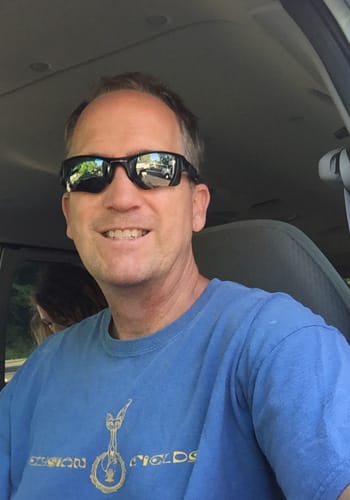 Q: You just came back from a mission trip that placed you and another adult and nine middle-schoolers in a blue-collar Ohio town for a week. Explain why you were there.
Q: You just came back from a mission trip that placed you and another adult and nine middle-schoolers in a blue-collar Ohio town for a week. Explain why you were there.
A: Lorain County, Ohio, is about 25 minutes west of Cleveland, on Lake Erie. It was, at one time, a steel mill town. That changed when the recession hit and the plants closed down, eliminating 15,000 jobs overnight. What was once a booming community is now a shadow of itself. There are lots of empty storefronts, businesses, and churches.
I was there as part of a mission trip to help someone in need in that community. More specifically, my group helped to repair 94-year-old Victoria’s home. We worked long, hard hours – working primarily on her kitchen, which a previous crew had re-floored and dry-walled. We were doing trim work, caulking and painting, and working on doors and cabinets. We also did some landscaping for her.
The ultimate goal of the trip was to give the young people in the group an experience that will help them grow and mature in their faith.
Q: This trip took some group members, and you, a little bit out of their comfort zone. What did you learn from each other?
A: I have been on other mission trips, and I find that when I’m taken out of my comfort zone and given the opportunity to do work that benefits others, I grow. It’s a great chance to get a new perspective on your life, work and what you do every day. I had never been to Ohio or Lake Erie before. It was clear we weren’t in the West End of Richmond anymore. It gave me a chance to practice being open minded and friendly with people who appeared to be different.
Also, the middle-schoolers were invited to do something they had never done before, whether that was to install trim work or caulk or paint. To see them take those tasks on with such enthusiasm and without fear – that was inspiring for me to see.
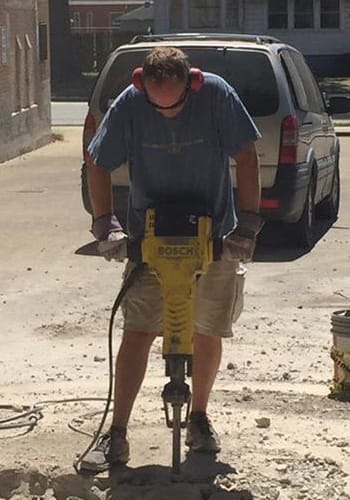 Q: Did you have any leadership revelations while on this trip?
Q: Did you have any leadership revelations while on this trip?
A: I knew this, but it pays to have a reminder that those who are the best leaders are the best servants. By that, I mean you are able to identify and meet the needs of your employees or whomever. I also think you have to give your followers a chance to fail, and you have to remember it’s ok if they do. People grow when given an opportunity to try.
I remember on the final day of painting, a bucket of paint got knocked over. It took two hours to clean it up. The kids stuck with it, and the kitchen turned out fine. One child in our group was trying to nail baseboard to a wall, and he was just too small and not coordinated enough to get the job done. We just found something else for him to succeed at, and I bet he will get that trim next time.
I also was reminded that people are much more capable than we give them credit for. Even a 13-year-old kid can do lots of things that you wouldn’t normally think they could. The same is true in business and with your employees and volunteers.
There were many leadership lessons happening around me. I just had to open the receptors.
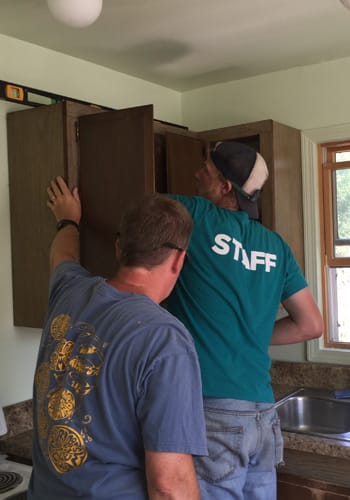 Q: Reflecting back to the experience, what were a few moments that stood out for you?
Q: Reflecting back to the experience, what were a few moments that stood out for you?
A: I really enjoyed watching the kids relate to the Victoria, even though there were eight decades between them. They were really interested in connecting with her, and they had long conversations with her about her life and interests. That was special to see.
The best part, of course, was when we finally finished putting her kitchen back together and we escorted Victoria in to see her new kitchen. To see the joy on her face and the pride on the faces of the kids was the ultimate highlight.
Filtroil President Shares Lessons on International Expansion
When is it right to break into international territory? For Jeremy Leahman, the second time was the charm. With a nudge from his biggest client and guidance from a knowledgeable local resource, he’s become a bit of an international markets expert – even sharing his experience at the world’s largest industrial trade show this year. We sat down with him shortly after that to learn about his experience and how his business has changed. We also asked for a few pieces of advice for CEOs considering a move into an international territory.
Meet Jeremy Leahman
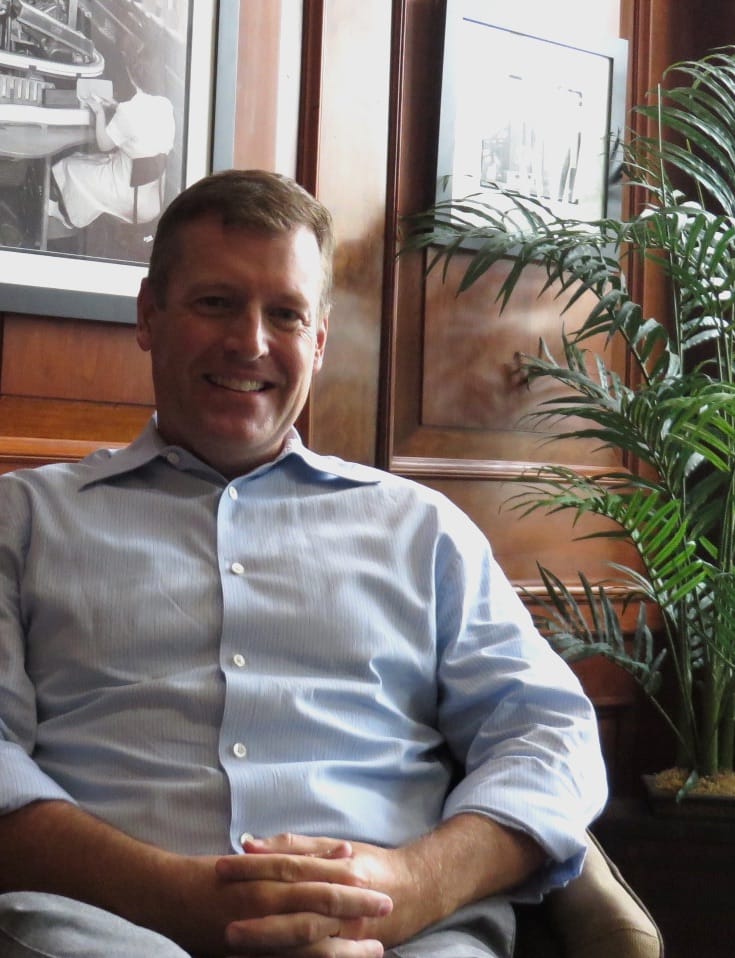 Leahman is president of Filtroil, he’s also a serial entrepreneur and four-year member of the Virginia Council of CEOs. He began his career at Filtroil in 1994 as a salesperson and was quickly groomed to become president – a post he accepted 1998.
Leahman is president of Filtroil, he’s also a serial entrepreneur and four-year member of the Virginia Council of CEOs. He began his career at Filtroil in 1994 as a salesperson and was quickly groomed to become president – a post he accepted 1998.
“Any industrial manufacturer uses oil in their assets, and that oil is the lifeblood of their machine,” explains Leahman. “We offer a niche filtration product that filters oil about five grades cleaner than new oil and keeps it that clean over the life of the equipment.” Filtroil’s systems are primarily an after-market product, sold by a distribution channel to those in the mining, cement, paper mill, metal stamping, construction, injection molding and trucking industries to name a few.
Filtroil Goes International: Take One
Filtroil’s first launch into Europe in the late 90s was, in Leahman’s words, “not successful.” “We opened up a lot of distributors, but none were really active, and the cost of doing business was very high,” he says. The events of September 11 and the downturn in the economy, coupled with Leahman’s attempt to launch three other businesses, fractured his profit margins.
Still believing his product had a future in international markets, Leahman hired a sales director in 2005 to cover the Latin American market. Around that time, he also streamlined his production costs, relocating one of his international manufacturing facilities from Japan to China and later started a joint venture there. Even so, it was a heart-to-heart conversation – not a manufacturing or operations decision – that ultimately proved to be the magic bullet for Filtroil.
When Your Biggest Client Says, “We Want To See More”
After graduating from the Darden School of Business at the University of Virginia Leahman was awarded its biggest contract with multinational oil and gas giant Exxon Mobil. Leahman recalls the advice he got from the company. “In 2008, Exxon Mobil said to me, ‘Hey, your product line is limited. It’s a niche product. It’s a great niche product, but it only works for a small portion of the oil sold in our industry. You need to make more filtration products – products that filter not only hydraulic oil, but also gear oils, engine oils and phosphate ester fluids. Additionally, it needs to work for many different applications in multiple industries, because distributors want broad product lines that cover the general industrial market to heavy duty equipment.’”
So Leahman got busy. Fast-forward to 2016, and his product line is much more extensive, and he’s ready to get serious about Europe.
Filtroil Goes International: Take Two
Leahman learned through his joint venture project in China that government agencies like the U.S. Commercial Service and the Virginia Economic Development Partnership (VEDP) can offer U.S. businesses vital information and resources at very little cost.
Leahman knew it was vital to Filtroil’s growth for him to attend the largest industrial show in the world – Hannover Messe – so he called Josh Kaplan, the local contact for U.S. Commercial Service. As it turned out, the U.S. was the official partner country for Hannover Messe for 2016, which meant millions of dollars’ worth of services were being offered through government agencies like Commercial Service to U.S. companies with an interest in attending.
“U.S. Commercial Service had so much infrastructure in place there,” says Leahman. “I was hammered with pre-marketing opportunities. It was amazing. I had 22 appointments set up before I even got to the show.” Kaplan also told Leahman about a VEDP program that could help him cover his booth expense. (To learn more, read “Filtroil Finds New International Customers through State Export Program Grant.”)
Filtroil Today
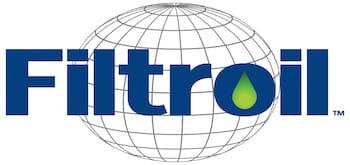 Leahman says his participation in Hannover Messe has paid off, as he has recently secured contracts with five solid distributors and has tallied sales in India, Portugal, Denmark, Bolivia and Poland. And, says Leahman, “That’s just the tip of the iceberg.”
Leahman says his participation in Hannover Messe has paid off, as he has recently secured contracts with five solid distributors and has tallied sales in India, Portugal, Denmark, Bolivia and Poland. And, says Leahman, “That’s just the tip of the iceberg.”
These days, Leahman meets once a month with Josh Kaplan, making sure he stays on top of leads from Hannover Messe. Leahman is also considering other state-supported programs, like the VEDP website translation program he just heard about, and a trade mission trip to South Africa. He’s hired a marketing and West Coast salesperson to handle his growing workload, and his sales director in Latin American is doing well.
This coming February, Leahman plans to attend the US Commercial Service, Discover Global Markets, Advanced Manufacturing Business Forum Series conference in Scottsdale, Arizona, and rumor has it he may be asked to give a lecture on his experiences with finding new distributors in global markets. While there, he’ll meet with the U.S. Commercial Service officers who have vetted a multiple number of distributors for him to consider, reconnecting him with the international trade managers he met at Messe. The future looks bright.
“For 2017, I see traveling to Europe four or five times. I can see setting up a warehouse with stocked inventory, and I would like to have 10 new distributors in place, with three that are really active and moving a lot of product.”
Considering Expansion Overseas? Six Lessons From Jeremy Leahman
Considering expansion abroad? Here’s some advice from a VACEOs member.
- Don’t expand internationally without the support of the U.S. government.
“There’s a lot of money available out there that I didn’t know about,” says Leahman. “If I had known about U.S. Commercial Service, I would’ve entered the market much more quickly. Your first call should be to them if you’re ready to go overseas. They will also help you conduct thorough due diligence to mitigate any risks.” - Take a focused approach.
“Be careful of spreading yourself too thin. You want to throw enough into the hopper so that you’ve filled the funnel, but you don’t want to overexpose yourself.” Leahman admits that in the past he has set up 50 or more distributors in a geography and hoped for the best. Those days are over. His new approach balances due diligence and his ability to travel in a cost-effective manner. - Invest wisely.
“You can’t just put your product in literature and expect a sale. You have to support your sales team and regularly travel with them.” Leahman estimates that each distributor costs him approximately $50,000 in product, travel time and effort, so it makes sense to weed out the distributors that aren’t a good fit before you make a trip overseas. U.S. Commercial Service’s International Partner Search and Gold Key Service are designed to do the due diligence for you for a very nominal fee. Of International Partner Search and Gold Key service, Leahman says, “It’s the best deal on the planet. Nothing I have come across in business in the last 22 years has been so cost effective.” - To be local or not? That is the question.
“One thing you need to decide is if you’ll have a local presence or not,” says Leahman. “It really depends on the size of your company. If you’re a medium to large manufacturer, you will need to have some kind of presence there. This is something U.S. Commercial Service can help with. In my case, the trade manager from the Netherlands, whom I found through my Commercial Service contact, helped me find a strategically located warehouse to supply product all throughout Europe.” - Setting up a distribution network? Be wary of distributor terms.
“I met with the Export-Import Bank of the United States at Hannover Messe and found that it’s not wise to take distributor terms for payment or collection. Use the Bank instead. For less than a 1% transaction fee, depending on the country, the Bank will guarantee any order up to 95%. So, for example, if I have a distributor in India who places a $100,000 order, I’m guaranteed 95% of that money, even if they don’t pay the bill. You’ll need to fill out some paperwork for each distributor to be protected by this program but it’s well worth.” - Got proprietary intellectual property? Protect it.
“If you have a patent or proprietary products or ideas, make sure you fill out the right global patent applications. You don’t want someone overseas stealing your ideas. Some countries have lots of protection built in place while others are far behind, so make yourself knowledgeable about specific geographies if you have something worth protecting. There are a lot of resources out there to help you with that.”
HourWise Growth Up 280%

Imagine having your very own in-house Business Idea Incubator. A place where new ideas are organically hatched and resources are on hand to quickly cultivate and test ideas before they’re launched on a national scale.
For a small or mid-sized business, it sounds like heaven. A CEO’s dream. And it’s exactly the enviable position in which HourWise Co-founder Ethan Wirt finds himself.
HourWise was a result of the experience Wirt gained with his first company, 89-Paint. It was there he learned firsthand what it takes to run a contracting business, including the back-office challenges of managing contractors. Now, thanks to 89-Paint, his new business is ripe for penetrating an estimated $1 trillion marketplace.
We caught up with Wirt just days after he moved into his new, larger space in Richmond near Legend Brewery. He was so new to the space that his internet connection wasn’t up and running, and his team was still in transition.
89-PAINT GIVES BIRTH TO HOURWISE
“When I started 89-Paint in 2007, I set out to professionalize a market that’s not always known to be that professional by using unique processes and new technology to scale a better way of getting your projects painted and for the contractors who do it,” says Wirt. “And through that experience, HourWise was born.”
“We knew from what we learned in building that company that we could extract really cool tools and software that was applicable to any contracting company around the country,” Wirt adds “Even today, 89-Paint continues to be a lab for us, where we can test out ideas and test our software and our processes before we take them out to the rest of the world.”
How would Wirt describe HourWise? “Our technology facilitates a process and gives our clients access to a fractional person to help triage every opportunity they have in their business, through life cycle to cash,” he explains. “So if you can imagine, the average paint contractor loves painting, and he’s really good at it and running his crews, but he doesn’t know how to do all the other ‘stuff’ it takes to run his business. HourWise does all the other ‘stuff.’”
HourWise’s services include scheduling, providing quotes, managing invoices and customer follow-ups, and more. Think outsourced office assistance and business partner. The executive leadership team includes co-founders Ethan Wirt and Jon Hill, as well as COO Jason Bello.
Hourwise User Growth up 280%
HourWise was launched in 2012 and began to see rapid growth in 2014, after acceptance into the Lighthouse Labs Accelerator Program. Since then, the company has raised over $750K in seed capital from various strategic and supportive fans within the program.
In the final quarter of 2015, HourWise reported a 280 percent uptick in user growth, and today the company is hiring and finds itself in partnership discussions with big box home improvement stores.
“We’re at 25 employees and growing,” says Wirt. “We’ve been taking on 10 new clients a week and managing 20,000 tasks or so a month for our clients to make their lives easier.”
Wirt estimates there are roughly 1.7 million potential customers for his service, equating to roughly a $1 trillion marketplace. His goal is to reach 100,000 users by the end of 2020.
Such rapid growth often brings pain. Helping him through it, says Wirt, is VACEOs Roundtable #3. “It was really valuable for me to find a group of men and women who knew exactly what I was dealing with,” he explains. “The Council is such a great place to find your clan.” What else does he say about VACEOs? Watch the video.
Getting Personal with Mike Matthews, VACEOs Chair
Mike Matthews’ office, like the man himself, exudes a certain level of equanimity. Save for the few international embassy mugs he’s collected from Hankins & Anderson business trips, his ample desk, set in a sleek, contemporary setting, is clutter free. Wonderfully warm light emanates from a full wall of windows.
To know Mike on paper is to know that he has worked for Hankins & Anderson (H&A) nearly all his professional life, growing the $4 million company to $40 million after taking the helm 20 years ago. But to discover the person is to find a humble teacher and individual who is passionate about his team and his desire for continuous improvement.
He’s a doer and community builder. A free spirit. A family man. And even on the golf course, his perspective rings true to his good nature. We recently sat down with the current VACEOs Chair, and here’s what we learned.
Q: You have an engineering background, and you’re the CEO of a highly successful international architecture and engineering firm. Some folks might be surprised to know you’re a bit of a free spirit. I understand you took an interesting trip after you graduated high school.
“I took to the open road with a friend and lived in the back of a truck after high school. I wasn’t ready to go to college. I was a low-to-medium-level student, and I wasn’t ready to go back and hit the books in college. We spent 10 months traveling around the country. I saw 30 states, and I worked at a gas station in Miami, a ski resort in Vermont, and an oil field in Texas. When I came back, I was a lot more ready to be a student … not that I was a stellar student in college! But I was ready to do it and take it on.”
Q: You’re currently the president and CEO of Hankins & Anderson and you’ve been with them for nearly 28 years. Briefly describe your journey to the helm.
“When I was in college, I went to my high school drafting instructor and asked him where I could find a good summer job. He recommended Hankins & Anderson. I worked as a draftsman for the company that summer and the next. When I got out of school, I worked for another firm for four and a half years that was a spinoff of H&A. I also did a stint as a manufacturing sales rep. That position didn’t suit me well, so when I got a call from H&A to come back as a staff engineer, I took it.
I worked my way up, eventually being promoted to VP in charge of our Fairfax, Virginia, office. Only eight months into that position, I was asked to be a part of an ownership and leadership transition team. The brilliant consulting firm in charge of the transition recommended me for the job. I say ‘brilliant’ because they recommended me!” (He says very jokingly.)
Q: What management qualities does a leader need to possess to run a large and highly successful company like H&A?
“You’re going to hate me, but it’s all cliché stuff. It’s about having a vision and having everyone able to rally around that vision. It’s also about being able to inspire people and being able to communicate effectively. It’s important to be transparent.
For example, about every two weeks, we have a CEO breakfast here where we randomly ask 15 to 20 employees to attend. Everyone puts a question in an envelope for me. Some choose to stay anonymous, and that’s OK. I answer each one at the breakfast. It helps to beat the rumor mill, but more importantly, it keeps us all on the same page. Also, I’m extremely proud of the leadership team I’ve been able to bring here. They all work together and are always challenging each other.”
Q: One of your core values at H&A is a commitment to continuous learning and self-improvement. Is that one reason you decided to become an adjunct instructor at the University of Richmond?
“What’s the old adage? ‘Learn a subject, take a class. Master a subject, teach a class.’? I really enjoy teaching and interacting with the students. I’ve guest-lectured before for many years, but this class gives me an opportunity to fill a void I saw in the business school’s curriculum, and that was teaching students about professional services management – because running an architecture or law firm is very different from other types of business experiences they teach in school.
For example, an architecture firm’s key performance metrics or cost of goods sold is very different from a manufacturing company’s. How you market a professional service is very different, too. I don’t have a widget I can show you and tell you about all its features and benefits; I’ve got to sell you on trusting me as a person. Operations is very different. I’m not managing a production line that’s producing the same widget at so many per hour. Every single thing I do as a lawyer or accountant is different, so I have to approach estimating fees for my services differently.”
Q: You’ve been playing golf for years. What kind of lessons, if any, have you taken from the game?
“My approach to golf is that I don’t expect to be good at it because I don’t work at it, so there’s no pressure! The decisions I make here matter. If I miss a putt, it doesn’t really matter. Golf is a social activity for me. My CEO Forum just went to Daytona and played for our retreat. We had a blast!”
Q: You’re family man, a teacher, a highly successful businessman and the Chair of the VACEOs. How do you stay focused and productive?
A: “I have a routine every morning. I get up early in the morning, get a cup of coffee, go to the nice office I have set up at my home, sit in my really comfortable leather club chair, turn on some soulful piano music and read for an hour. It usually is a business book, but sometimes a fun book – like a grammar book. Yes, I’m a grammar wonk! Sometimes I put a fire on. I really enjoy this time I set aside for myself. Other than that, I take the day as it comes. I’m not a real planner. My staff laughs at me because sometimes I appear to wait until the last minute to do things.”

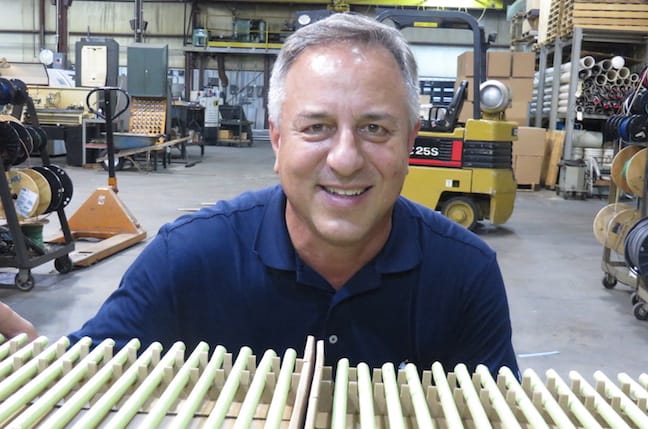
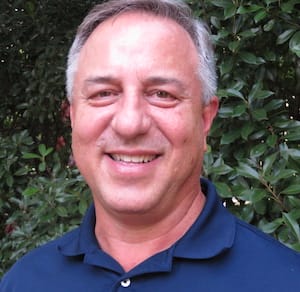
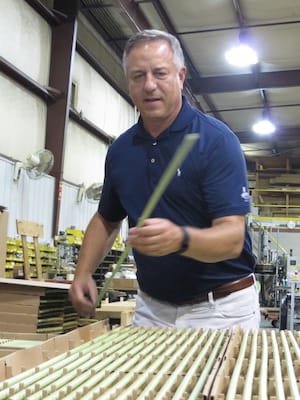 Q: You’re a new member of the Council. Why did you want to join?
Q: You’re a new member of the Council. Why did you want to join?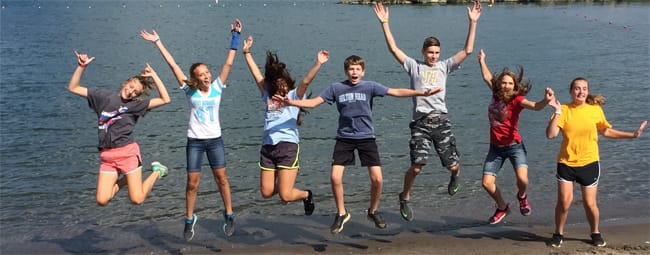
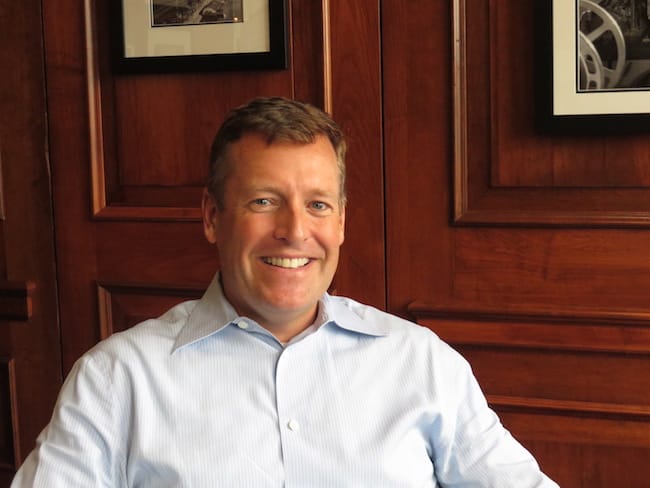
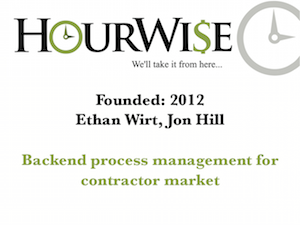

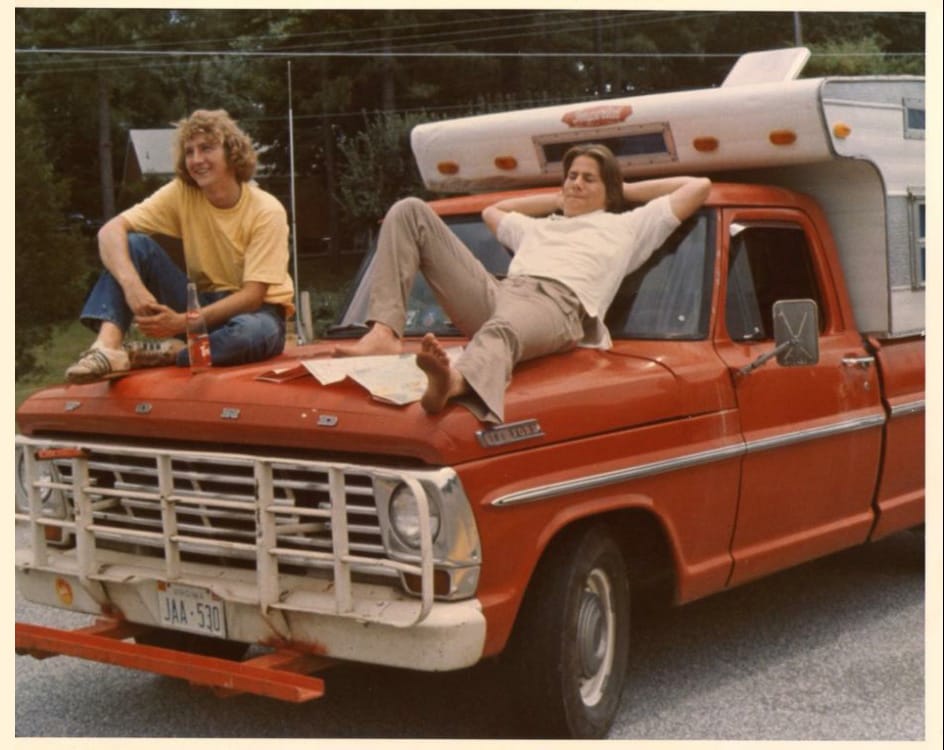
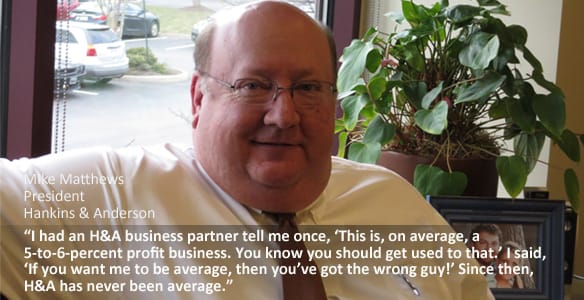
Recent Comments